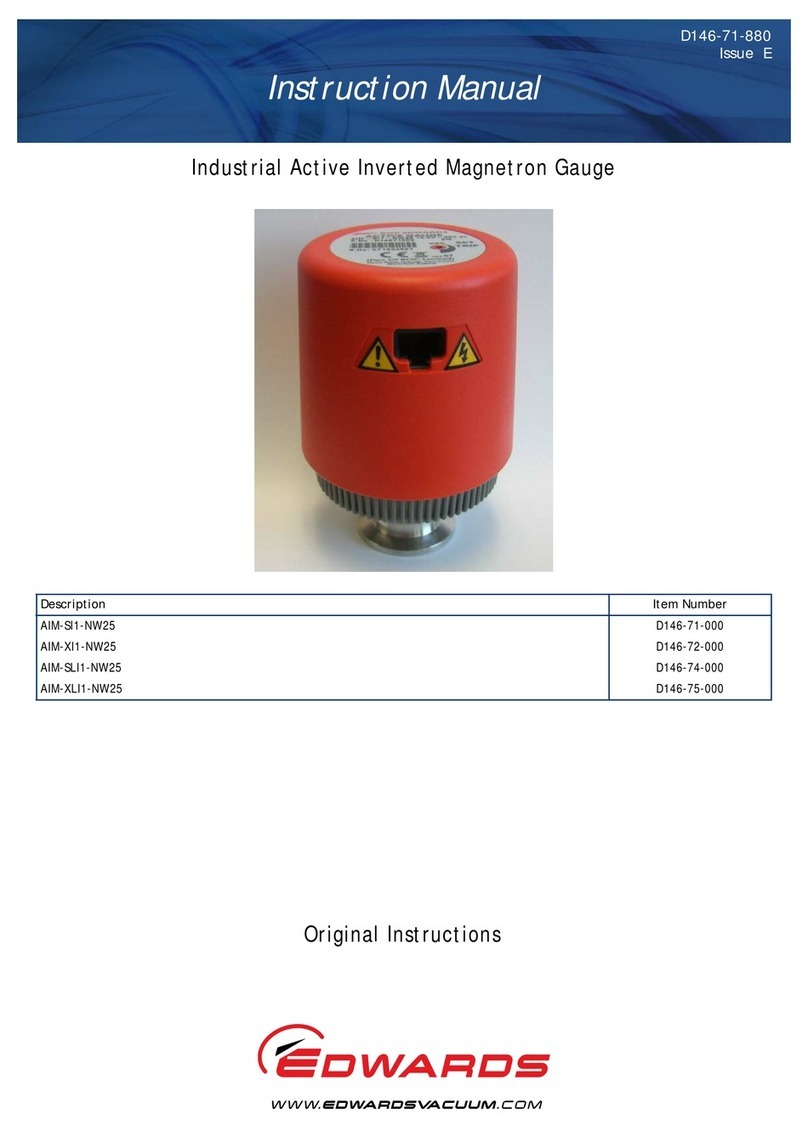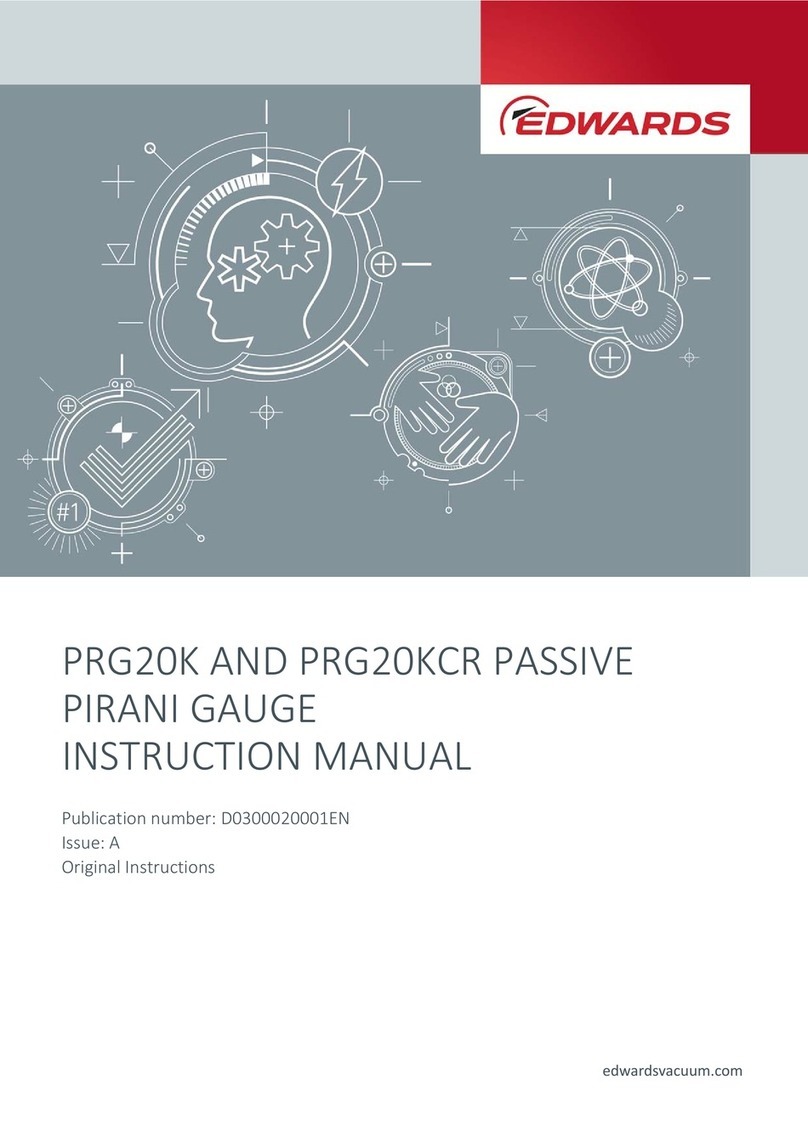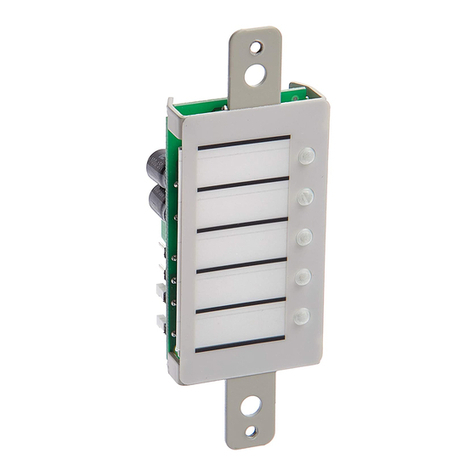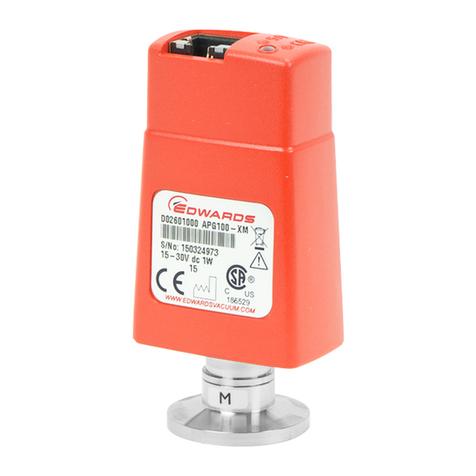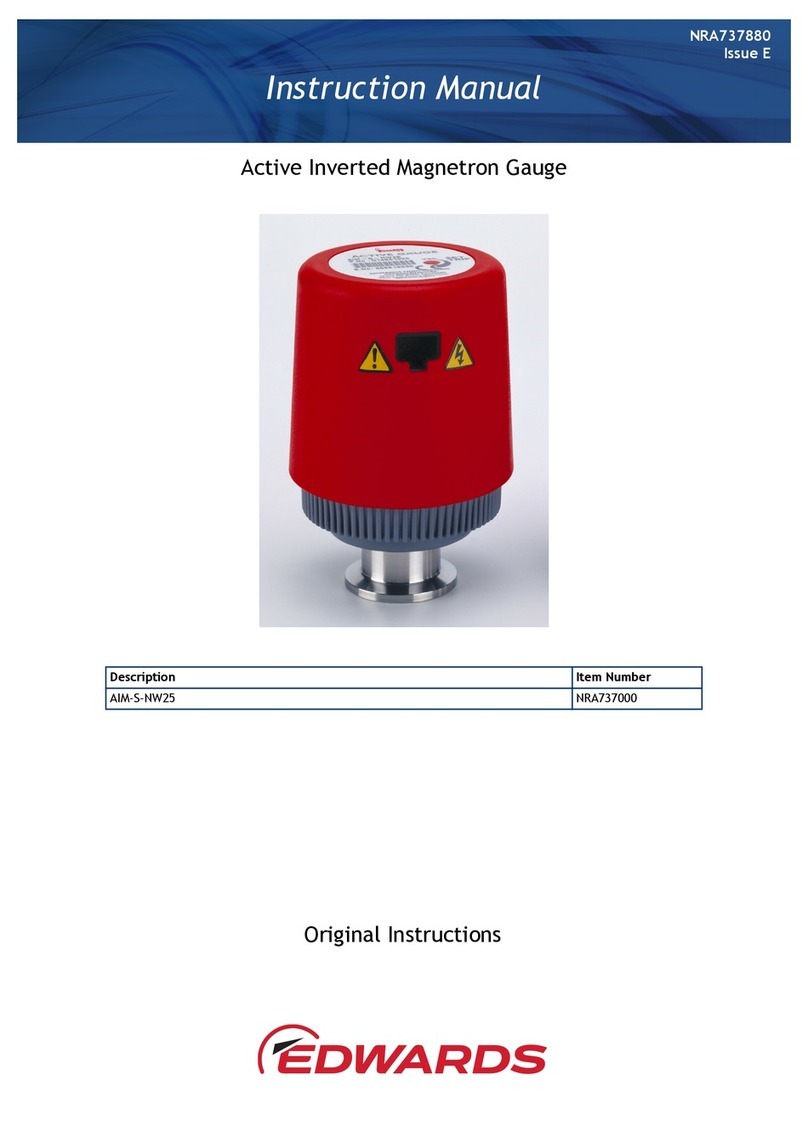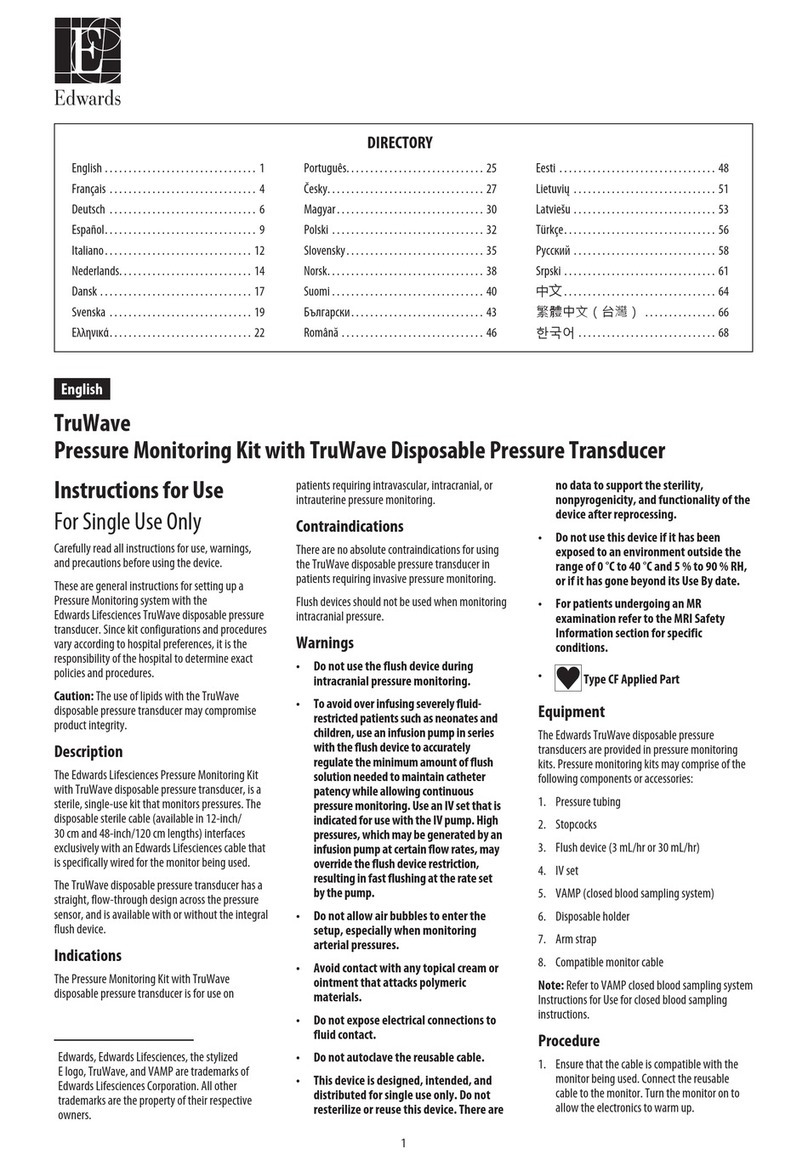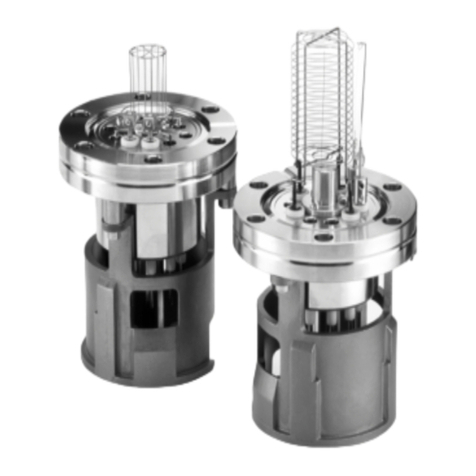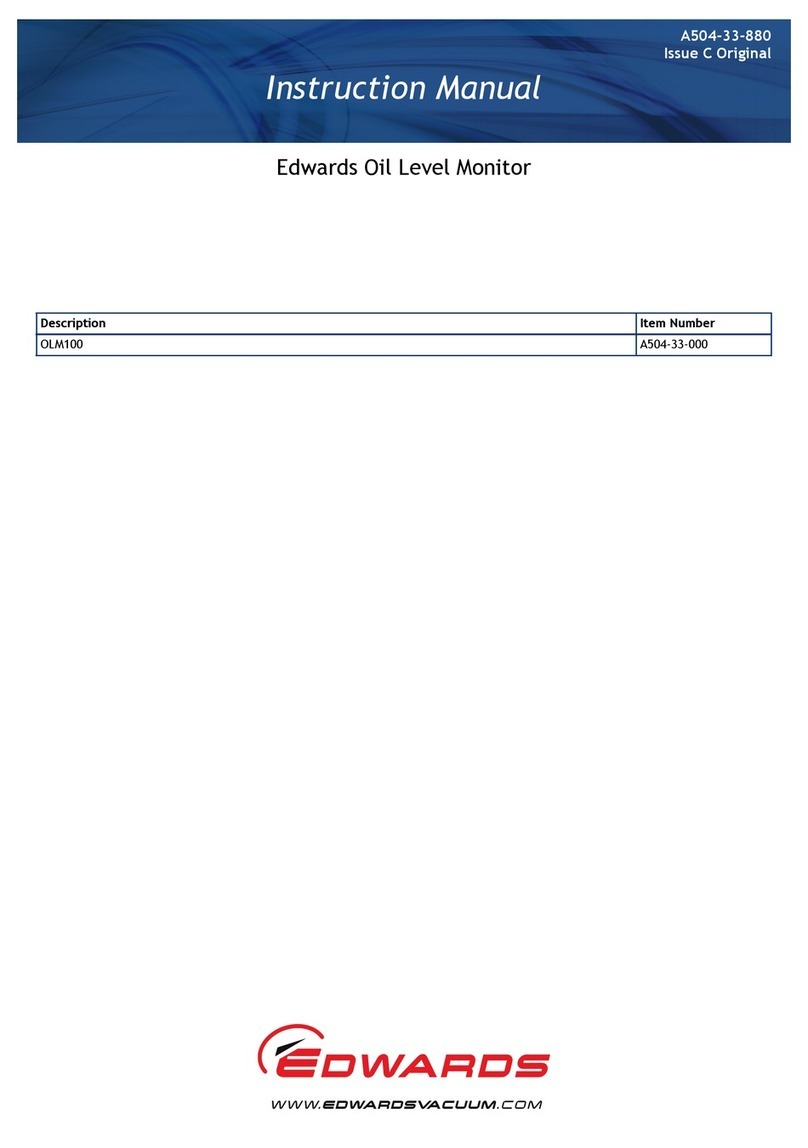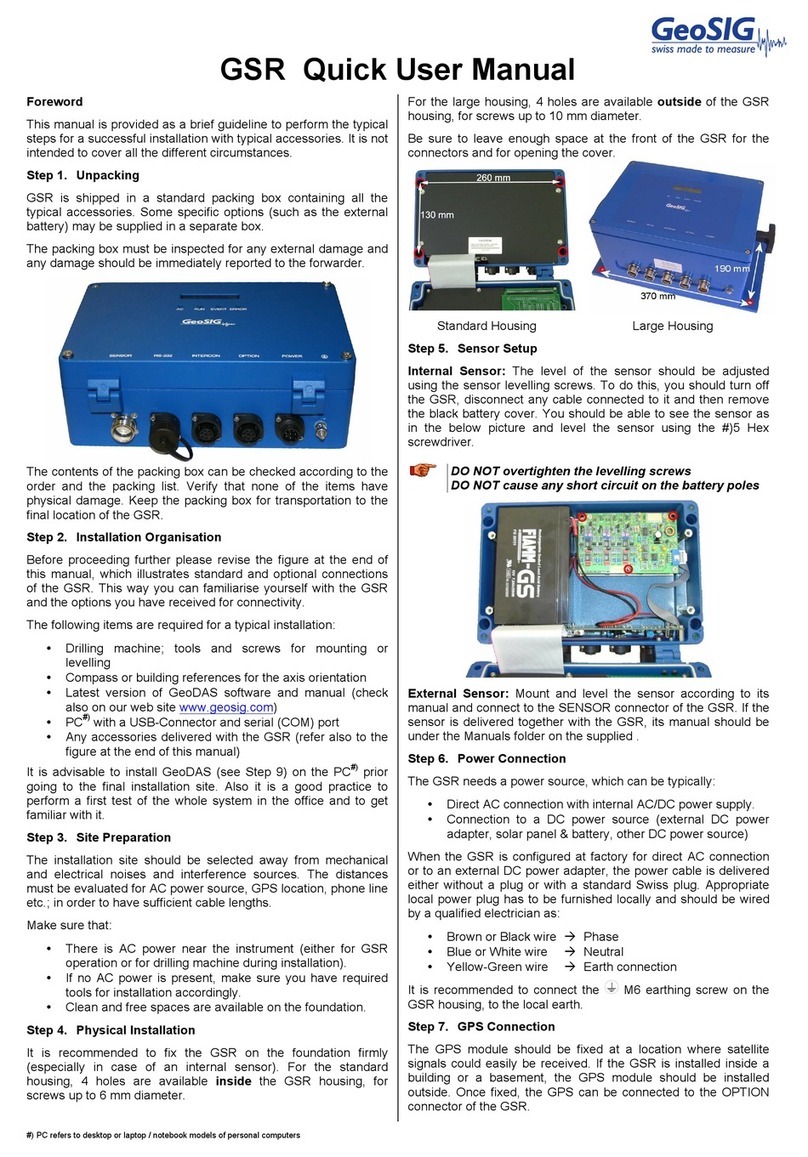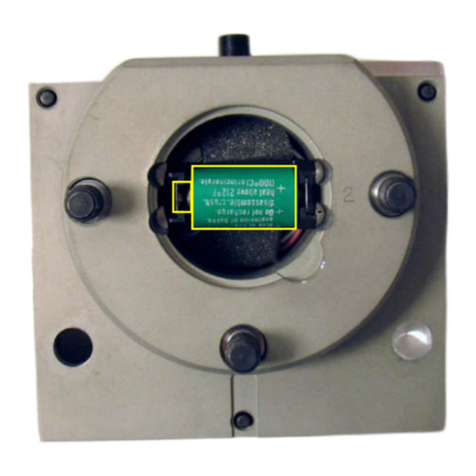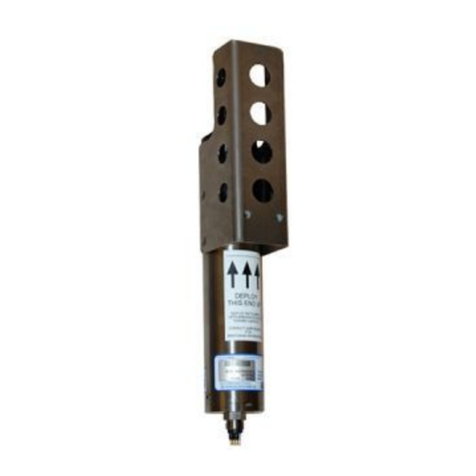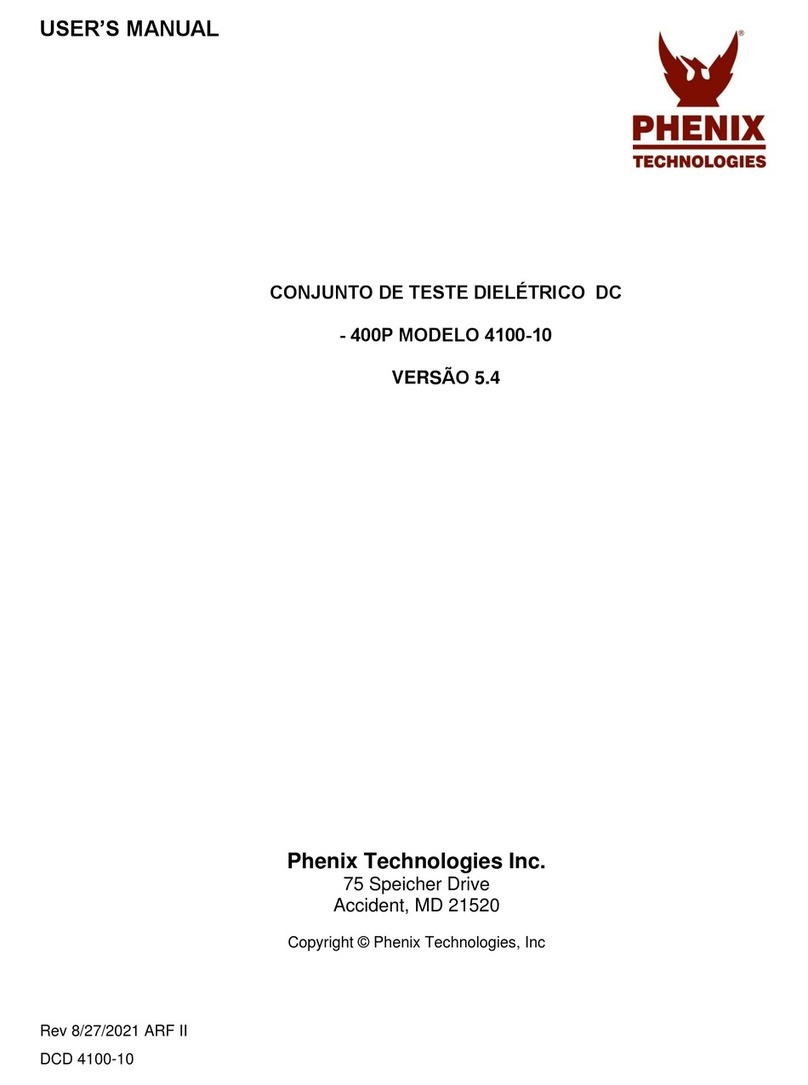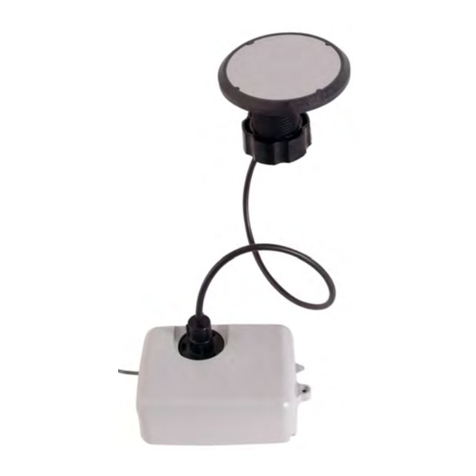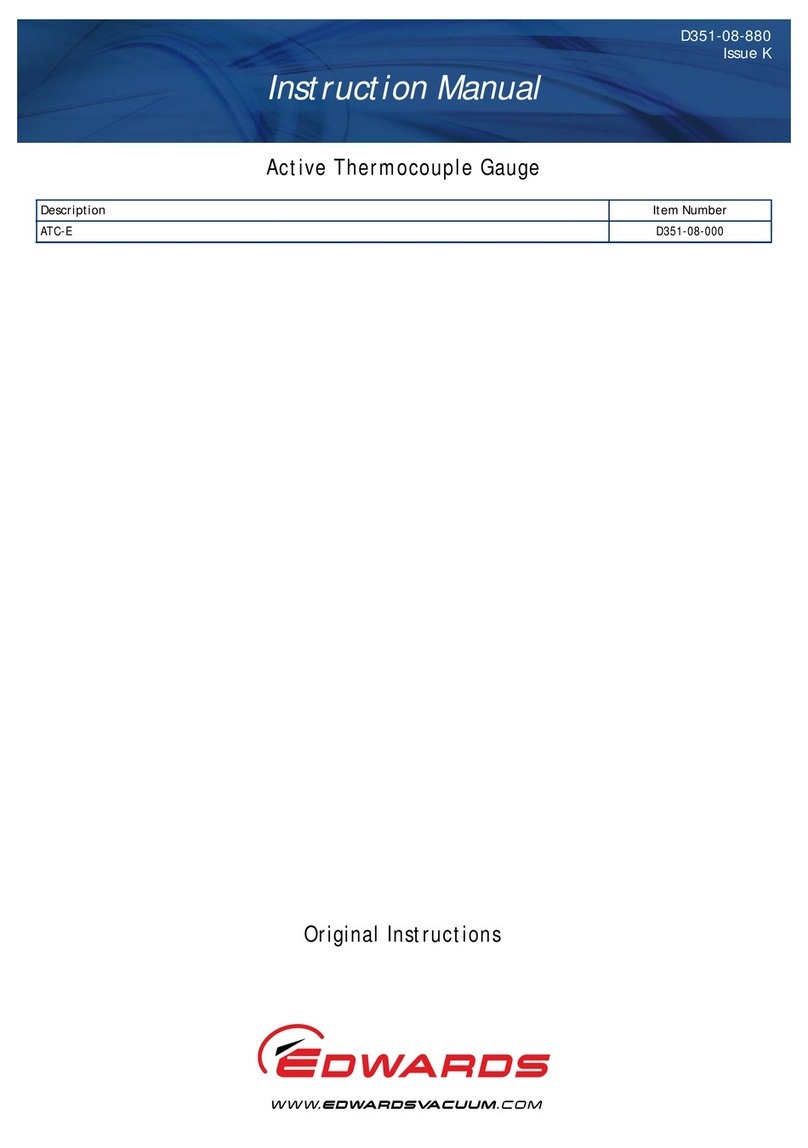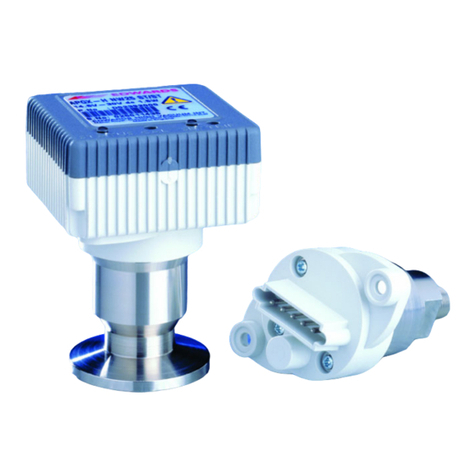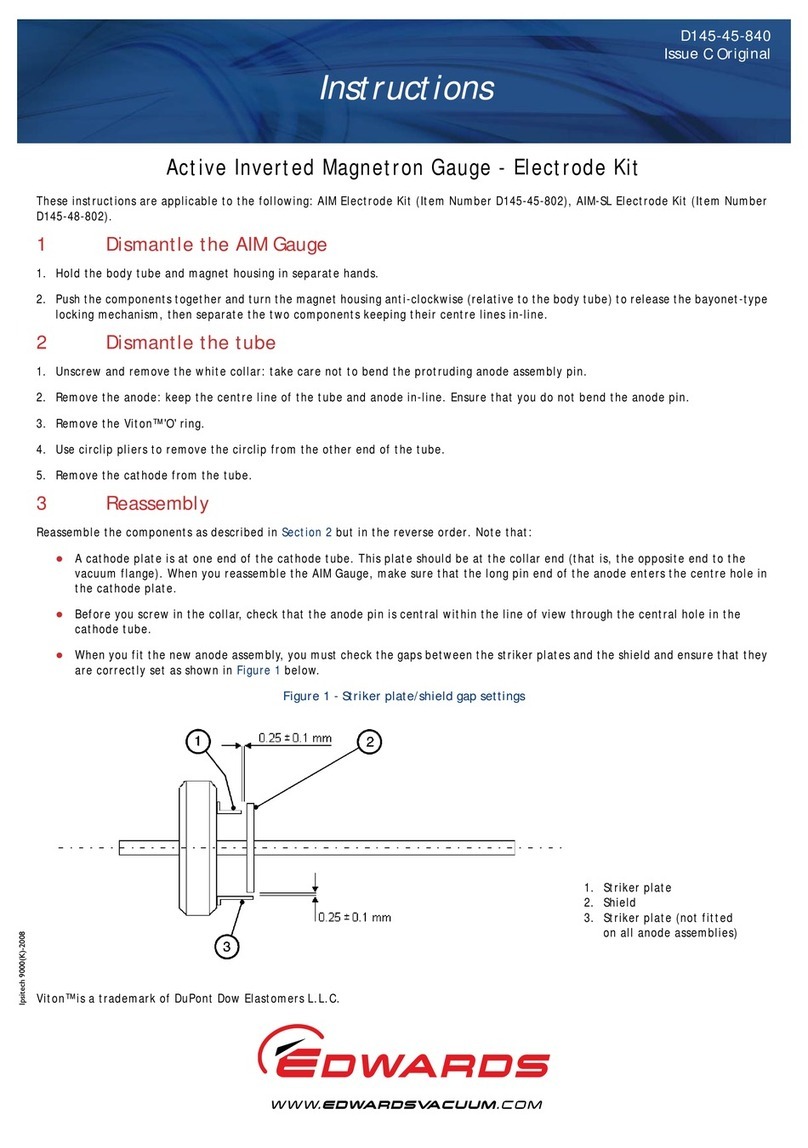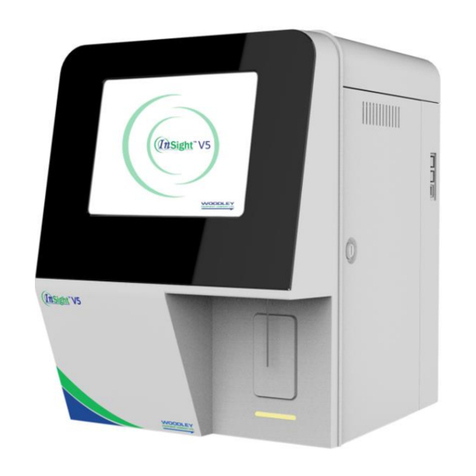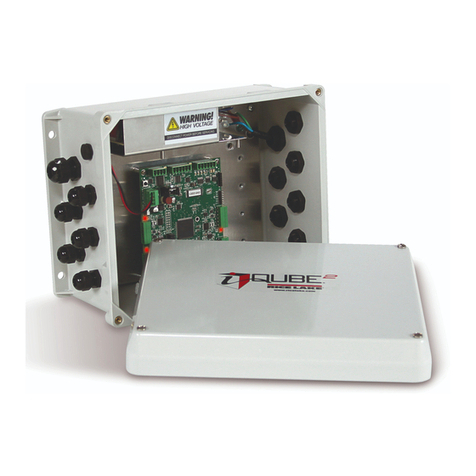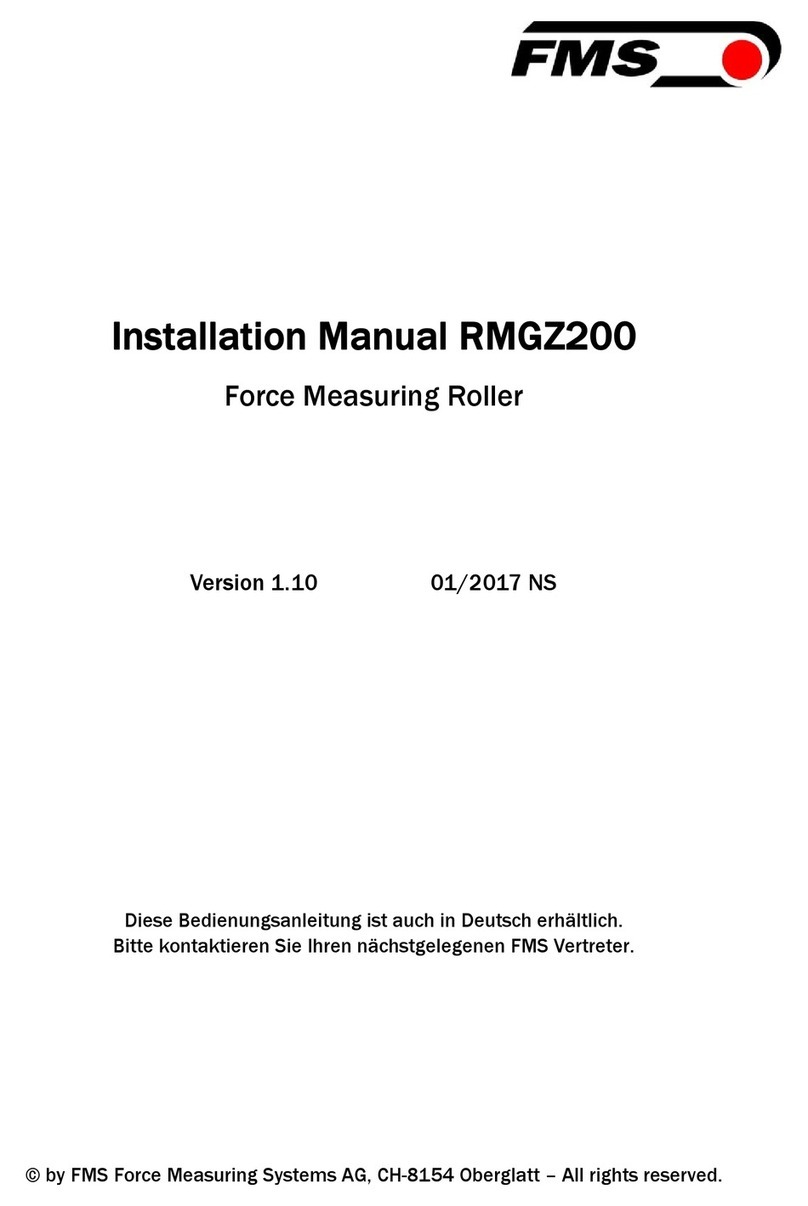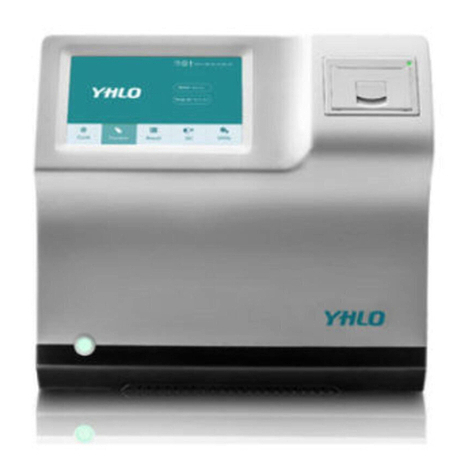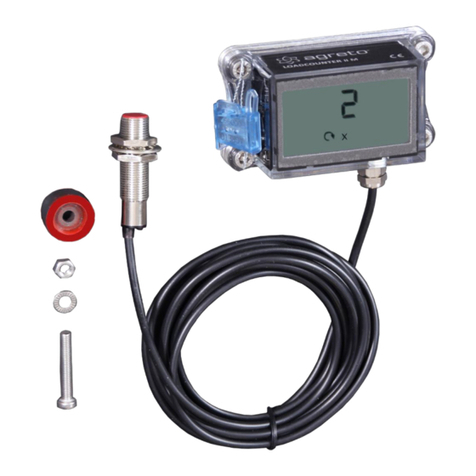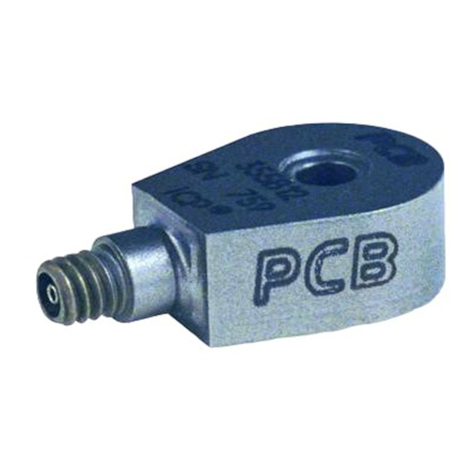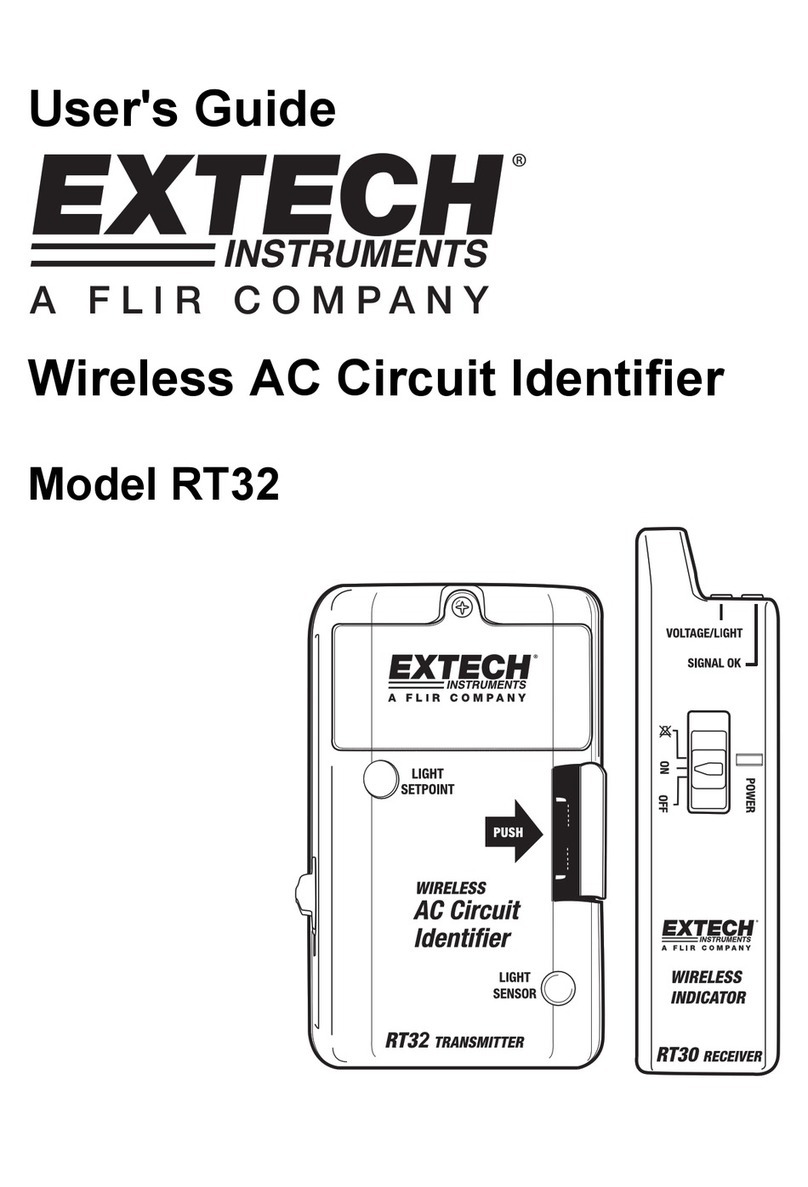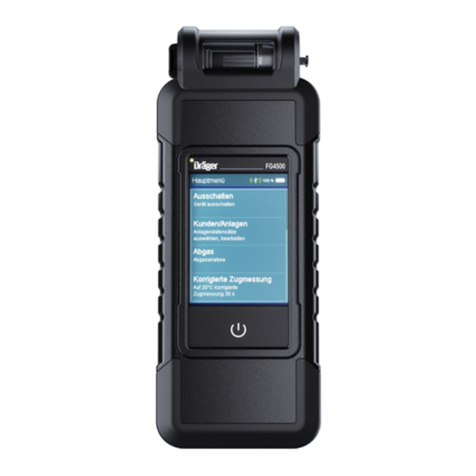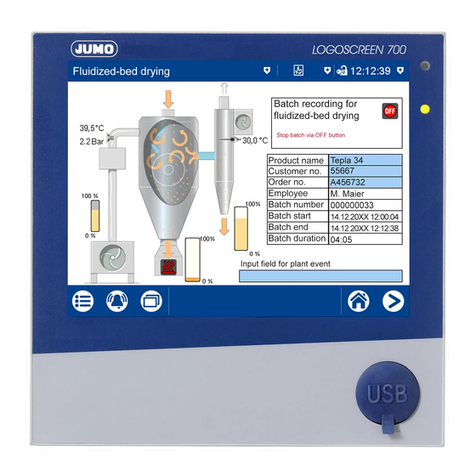
Page 17
W603200880_A - Operation
Continuous operation or contamination can lead to zero drift and the gauge will need zero
adjustment.
To adjust the zero, operate the gauge under the same constant ambient conditions and in the
same mounting orientation as normal.
The output signal is dependent on the mounting orientation. The signal difference between
the vertical and horizontal mounting orientation is:
Note:
If the gauge is operated through a controller, the zero of the whole measurement system has
to be adjusted on the controller. Adjust the zero on the gauge first and then on the controller.
<ZERO> Adjustment
The zero can be adjusted by:
The <ZERO> button on the gauge
The digital input “Remote Zero”: Apply the supply voltage to pin 10 (15-pin) or to
pin 7 (9-pin) pulse.
An Edwards vacuum gauge controller.
Note:
While the gauge is being heated and/or under atmospheric pressure, the zero adjustment
function is disabled to prevent operational errors.
To adjust the zero:
1. Evacuate the gauge to a pressure according to the table below:
Note:
If the final pressure in the gauge is too high for the zero adjustment (> 25% of the F.S.), the zero
cannot be reached and the <STATUS> flashes green. If this happens, start the factory setting
and adjust the zero again.
2. Operate the gauge for a minimum of 0.25 hours (until the signal is stable).
F.S. U/90°
1000 Torr/mbar approximately 2 mV
100 Torr/mbar approximately 10 mV
10 Torr/mbar approximately 50 mV
1 Torr/mbar approximately 300 mV
0.1 Torr/mbar approximately 1.8 V
F.S. Recommended final pressure for zero adjustment
1100 mbar - < 6.65 × 100 Pa < 6.65 × 10-2 mbar
1000 Torr < 5.0 × 10-2 Torr < 6.65 × 100 Pa -
100 Torr/mbar < 5.0 × 10-3 Torr < 6.65 × 10-1 Pa < 6.65 × 10-3 mbar
10 Torr/mbar < 5.0 × 10-4 Torr < 6.65 × 10-2 Pa < 6.65 × 10-4 mbar
1 Torr/mbar < 5.0 × 10-5 Torr < 6.65 × 10-3 Pa < 6.65 × 10-5 mbar
0.1 Torr/mbar < 5.0 × 10-6 Torr < 6.65 × 10-4 Pa < 6.65 × 10-6 mbar




















